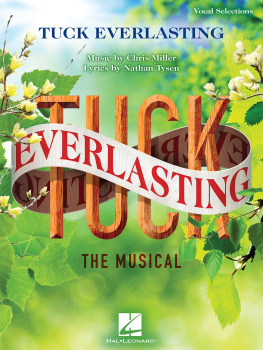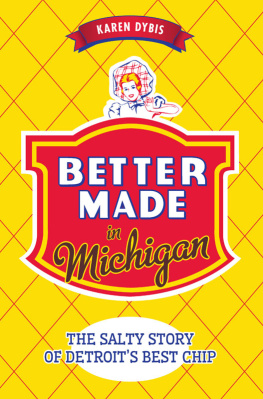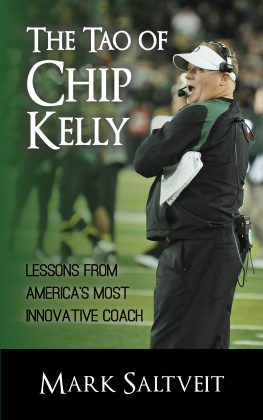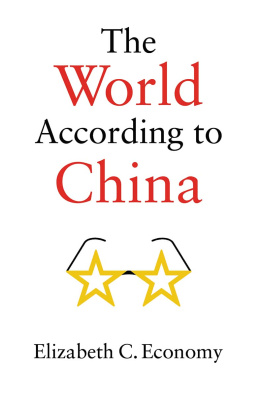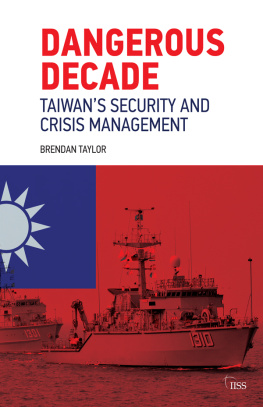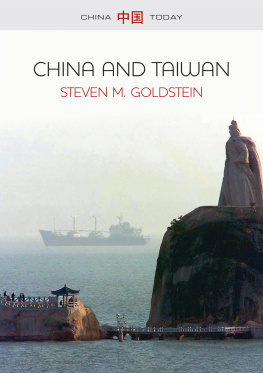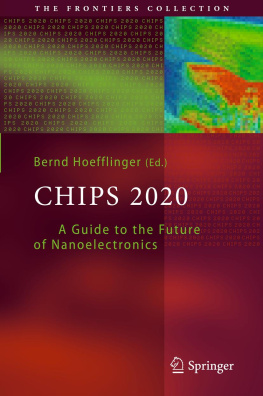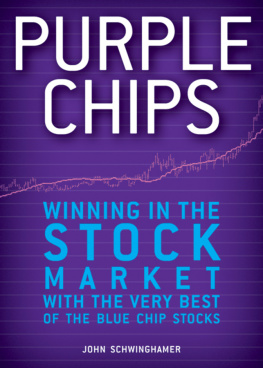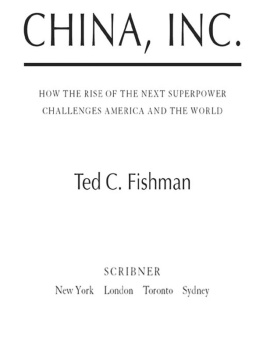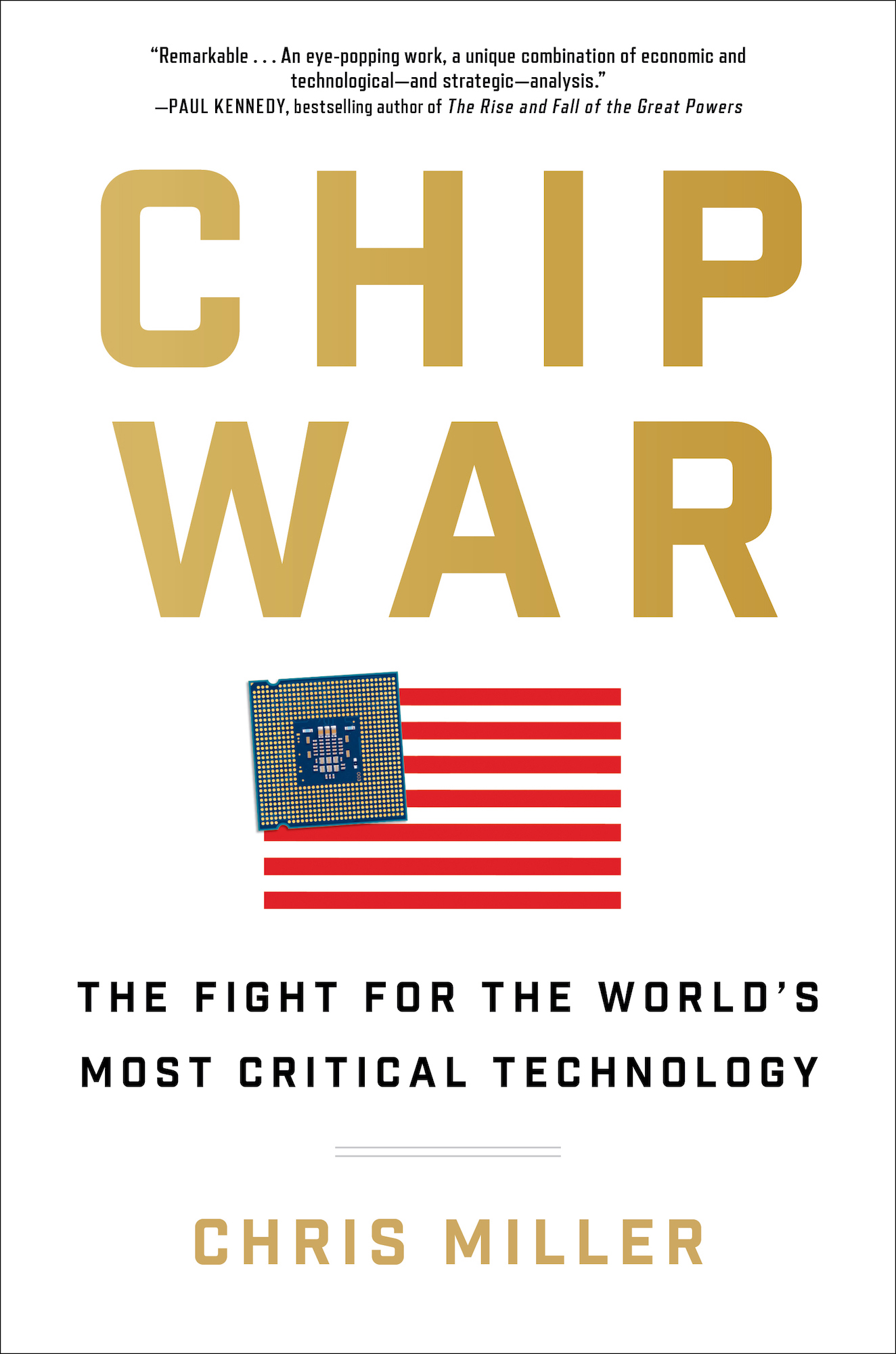Contents
Guide
RemarkableAn eye-popping work, a unique combination of economic and technicaland strategicanalysis
Paul Kennedy, bestselling author of The Rise and Fall of the Great Powers
Chip War
The Fight for the Worlds Most Critical Technology
Chris Miller
More Praise for CHIP WAR

One of the most important books Ive read in yearsengrossing, beautifully written. Miller shows that, for all its manifest flaws and failures, the American capitalist system has repeatedly outperformed other systems and in the process has done much to bolster the security of democracy.
Robert Kagan, senior fellow, The Brookings Institution, columnist for The Washington Post, and author of The Jungle Grows Back: America and Our Imperiled World
If you care about technology, or Americas future prosperity, or its continuing security, this is a book you have to read.
Lawrence H. Summers, 71st U.S. Secretary of the Treasury and Charles W. Eliot University Professor at Harvard University
Outstanding. Millers history of the chip covers all angles: technological, financial, and especially political. The go-to reference on one of the most important industries today.
Dan Wang, technology analyst at Gavekal Dragonomics
The battle for supremacy in semiconductors is one of the most important stories in geopolitics, national security, and economic prosperity. But its also been one of the least well understood. Thankfully, we now have Chip War to give us a clear view and sharp read on this essential subject.
Andrew McAfee, coauthor of The Second Machine Age and author of The Geek Way and More from Less
To Liya
Cast of Characters
Morris Chang: Founder of Taiwan Semiconductor Manufacturing Company (TSMC), the worlds most important chipmaker; previously, a senior executive at Texas Instruments.
Andy Grove: Former president and CEO of Intel during the 1980s and 1990s; notorious for his aggressive style and success in reviving Intel; author of Only the Paranoid Survive.
Pat Haggerty: Chairman of Texas Instruments; led the company as it specialized in building microelectronics, including for the U.S. military.
Jack Kilby: Co-inventor of the integrated circuit, in 1958; longtime Texas Instruments employee; winner of the Nobel Prize.
Jay Lathrop: Co-inventor of photolithography, the process of patterning transistors using specialized chemicals and light; formerly of Texas Instruments.
Carver Mead: Professor at the California Institute of Technology (Caltech); advisor to Fairchild Semiconductor and Intel; visionary thinker about the future of technology.
Gordon Moore: Cofounder of Fairchild Semiconductor and Intel; creator in 1965 of Moores Law, which predicted that the computing power on each chip would double every couple of years.
Akio Morita: Cofounder of Sony; coauthor of The Japan That Can Say No; represented Japanese business on the world stage during the 1970s and 1980s.
Robert Noyce: Cofounder of Fairchild Semiconductor and Intel; co-inventor of the integrated circuit in 1959; known as the Mayor of Silicon Valley; first leader of Sematech.
William Perry: Pentagon official from 19771981 and later Secretary of Defense from 1994 to 1997 who advocated using chips to produce precision-strike weapons.
Jerry Sanders: Founder and CEO of AMD; Silicon Valleys most flamboyant salesman; an aggressive critic of what he saw as unfair Japanese trade practices in the 1980s.
Charlie Sporck: Drove the offshoring of chip assembly while leading manufacturing operations at Fairchild Semiconductor; later CEO of National Semiconductor.
Ren Zhengfei: Founder of Huawei, Chinas telecom and chip-design giant; his daughter Meng Wanzhou was arrested in Canada in 2018 on charges of violating U.S. law and trying to evade U.S. sanctions.
Glossary
Arm:a UK company that licenses to chip designers use of an instruction set architecturea set of basic rules governing how a given chip operates. The Arm architecture is dominant in mobile devices and is slowly winning market share in PCs and data centers.
Chip (also "integrated circuit" or semiconductor):a small piece of semiconducting material, usually silicon, with millions or billions of microscopic transistors carved into it.
CPU:central processing unit; a type of general-purpose chip that is the workhorse of computing in PCs, phones, and data centers.
DRAM:dynamic random access memory; one of two main types of memory chip, which is used to store data temporarily.
EDA:electronic design automation; specialized software used to design how millions or billions of transistors will be arrayed on a chip and to simulate their operation.
FinFET:a new 3D transistor structure first implemented in the early 2010s to better control transistor operation as transistors size shrank to nanometric-scale.
GPU:graphics processing unit; a chip that is capable of parallel processing, making it useful for graphics and for artificial intelligence applications.
Logic chip:a chip that processes data.
Memory chip:a chip that remembers data.
NAND:also called flash, the second major type of memory chip, used for longer-term data storage.
Photolithography:also known as lithography; the process of shining light or ultraviolet light through patterned masks: the light then interacts with photoresist chemicals to carve patterns on silicon wafers.
RISC-V:an open-source architecture growing in popularity because it is free to use, unlike Arm and x86. The development of RISC-V was partially funded by the U.S. government but now is popular in China because it is not subject to U.S. export controls.
Silicon wafer:a circular piece of ultra-pure silicon, usually eight or twelve inches in diameter, out of which chips are carved.
Transistor:a tiny electric switch that turns on (creating a 1) or off (0), producing the 1s and 0s that undergird all digital computing.
x86:an instruction set architecture that is dominant in PCs and data centers. Intel and AMD are the two main firms producing such chips.
Introduction
T he destroyer USS Mustin slipped into the northern end of the Taiwan Strait on August 18, 2020, its five-inch gun pointed southward as it began a solo mission to sail through the Strait and reaffirm that these international waters were not controlled by Chinaat least not yet. A stiff southwestern breeze whipped across the deck as it steamed south. High clouds cast shadows on the water that seemed to stretch all the way to the great port cities of Fuzhou, Xiamen, Hong Kong, and the other harbors that dot the South China coast. To the east, the island of Taiwan rose in the distance, a broad, densely settled coastal plain giving way to tall peaks hidden in clouds. Aboard ship, a sailor wearing a navy baseball cap and a surgical mask lifted his binoculars and scanned the horizon. The waters were filled with commercial freighters shipping goods from Asias factories to consumers around the world.
On board the USS Mustin, a row of sailors sat in a dark room in front of an array of brightly colored screens on which were displayed data from planes, drones, ships, and satellites tracking movement across the Indo-Pacific. Atop the


